Located on the Continental Divide in New Mexico is a fascinating roadside attraction: an ice cave and cinder cone from a volcanic eruption 10,000 years ago. We passed it when we visited El Malpais and it piqued our interest. I checked it out online and we decided to make the one-hour drive from Gallup to visit the Ice Cave,
Admission is $12/adults and this provides access to the two trails that begin and end at the Trading Post (where there are souvenirs for purchase and some Native American exhibits).
One trail (400 yards) goes to the Ice Cave and the second (1/2 mile) to the Bandera Volcano crater. We began the day with the Ice Cave (as I was so curious to see it!) The trail through old-growth juniper, douglas fir, and ponderosa pine trees follows an ancient lava trail to the cave.
A stairway (next to a section of Bandera’s collapsed lava tube) leads down to the Ice Cave. That’s John standing on the platform that provides a view into the interior of the Ice Cave.
The temperature in the cave never rises above 31 degrees F (even when it is 90 degrees F or hotter outside). The floor of the cave is about 20’ of ice with rainwater and snow melt seeping into the cave annually to maintain it. The oldest (and deepest) ice in the cave dates back to 1100 BC. Wow! The green tint is caused by an Artic algae. What a strange sight it is to behold!
Ancestral Native Americans and early settlers mined the ice. By 1946, the removal of ice was outlawed. It is not known why the ice originally formed here; however, its perpetuation is caused by the natural ice box created by the cave (causing it to trap frigid air) and the well-insulated 20’ of ice in the lava tube.
We returned to the Trading Post and began the hike to the Bandera Volcano View Point. Ten thousand years ago the Bandera Volcano violently erupted and created one of the largest cinder cones in this region of significant volcanic activity. A massive lava flow (2000 degrees F) broke out on one side of the volcano (23 miles long) leaving behind the rock formations seen along the trail.
Aspens have begun to grow on the slope of the cinder cone. And crazy lava formations are everywhere.
The crater is about 1,400’ across (at top) and roughly 800’ deep. The crater is slowly filling up with cinders and rocks. The elevation at the rim is 8,372’ (and 8,122’ at the lookout point where this photo was taken).
After exploring the cinder cone for a bit, we continued along the trail to the Trading Post. We have seen this plant, Apache Plume, in several places in the region. I think it is really quite beautiful in the arid climate.
And check out the roots of this Ponderosa pine. This is a wonderful example of the old saying “nature finds a way." Love it.
We really enjoyed our visit to this place. Such a contrast between the ice cave and the volcanic cinder cone, but both were created by the same geologic event: the eruption of the Bandera Volcano. The trails were well-maintained and dog-friendly (a real bonus for us). For additional information about the attraction, go to www.icecaves.com.
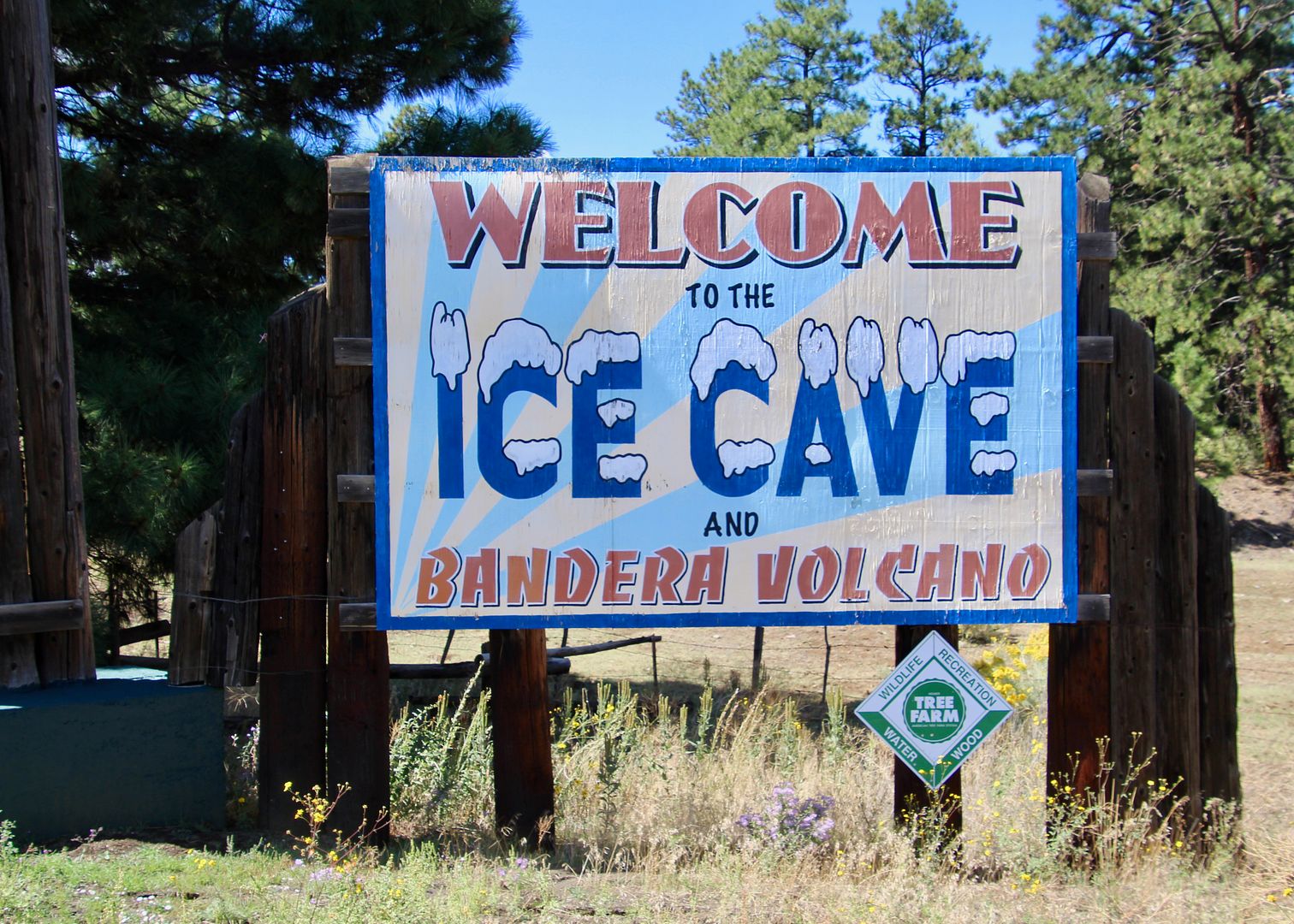
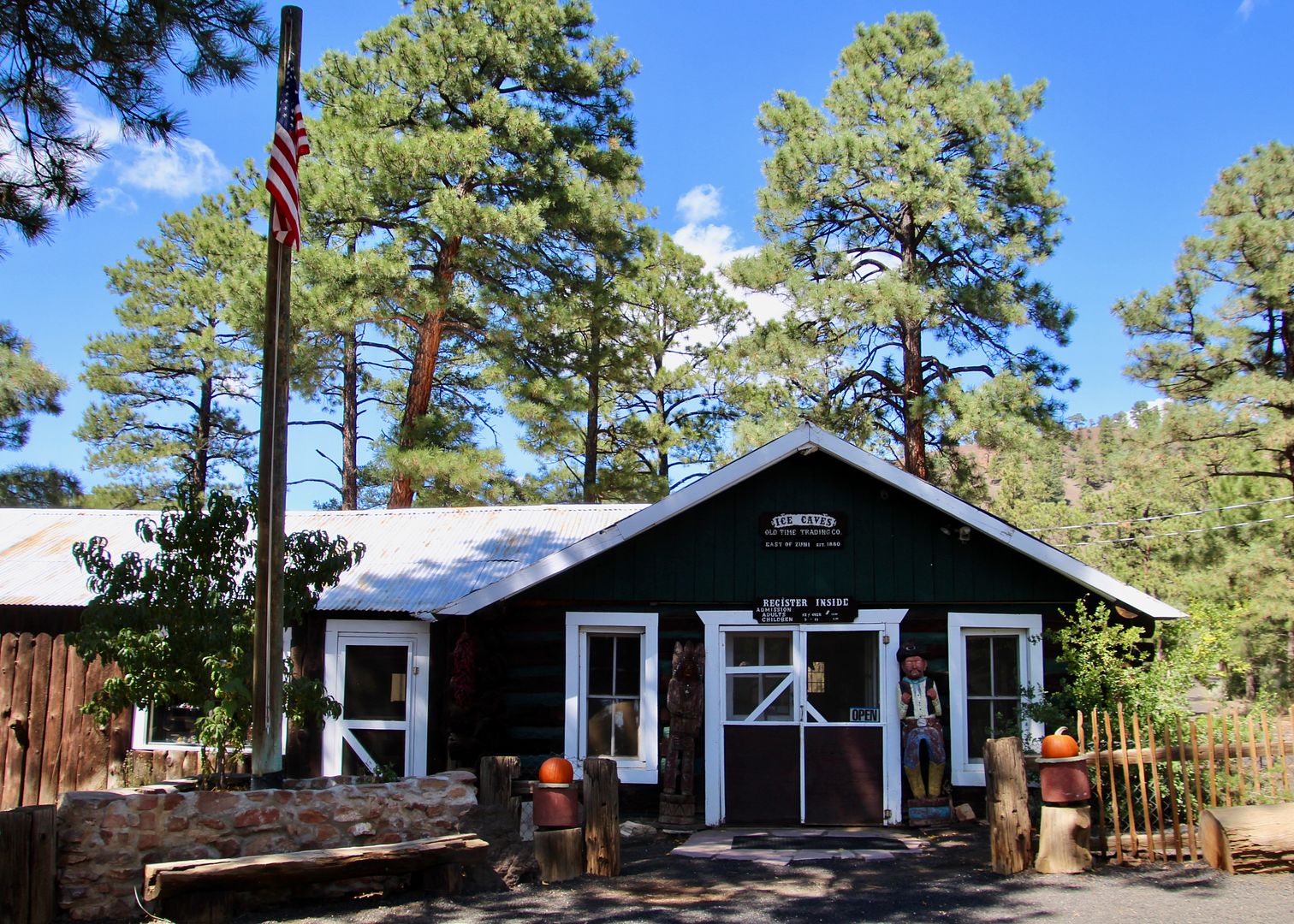
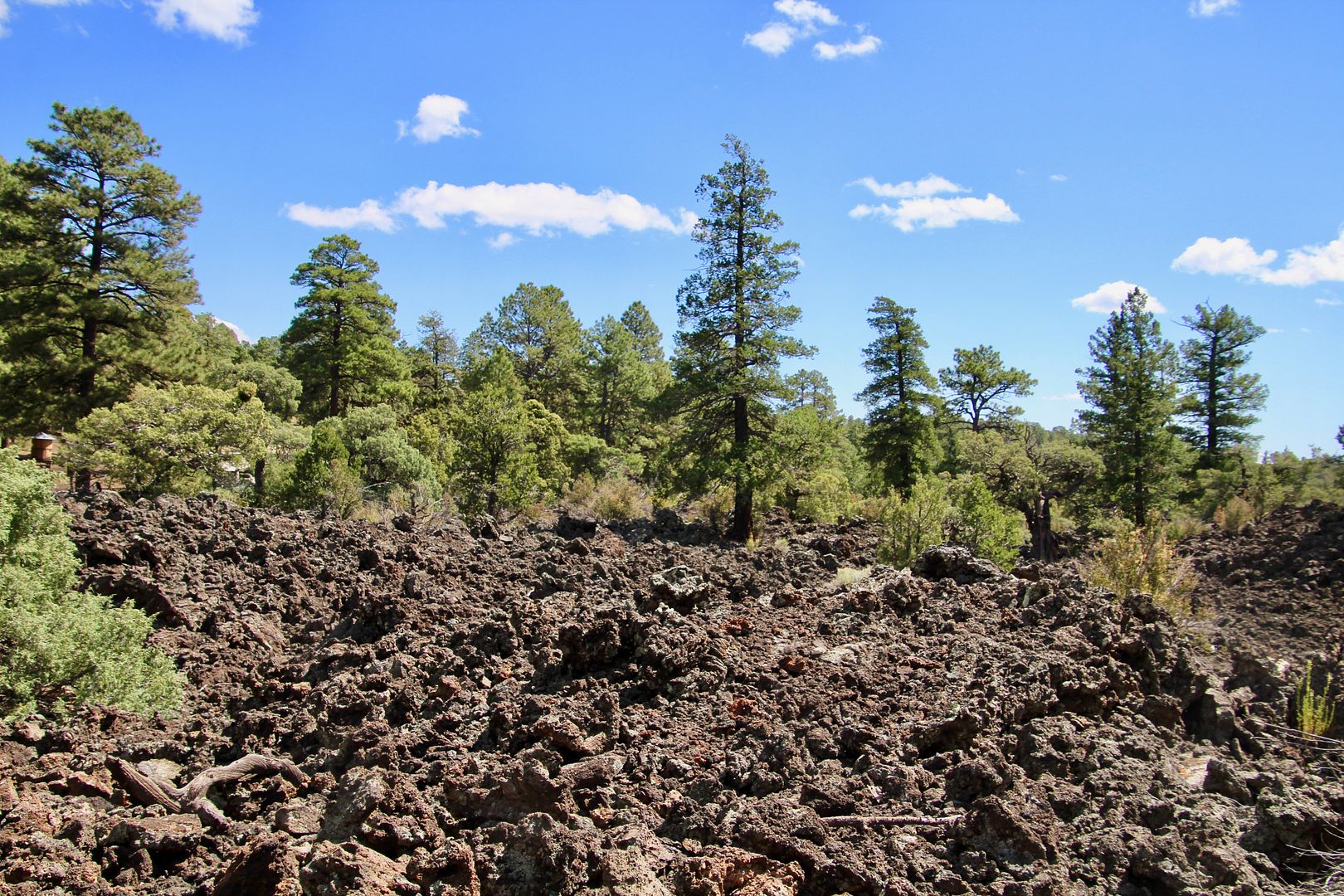
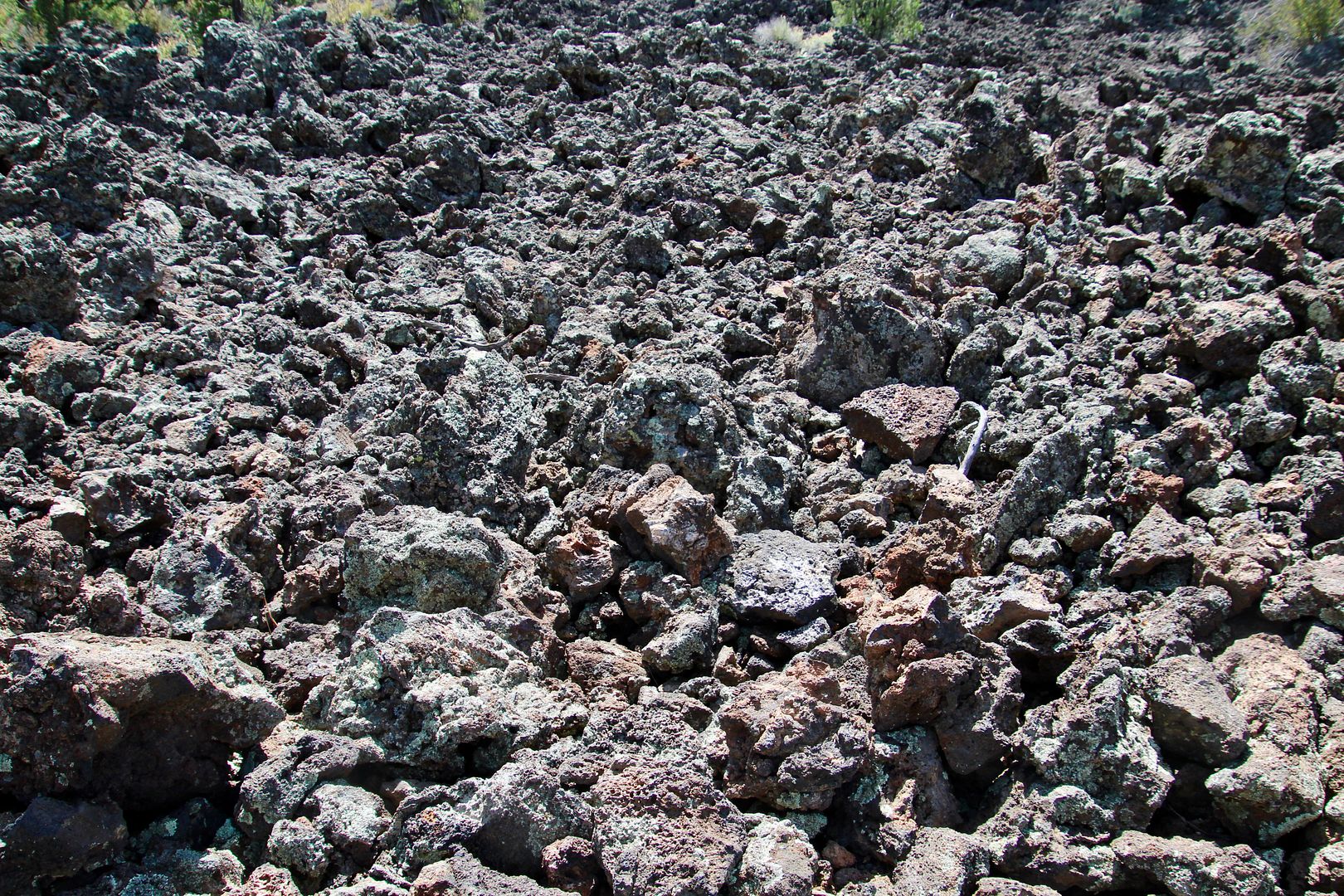
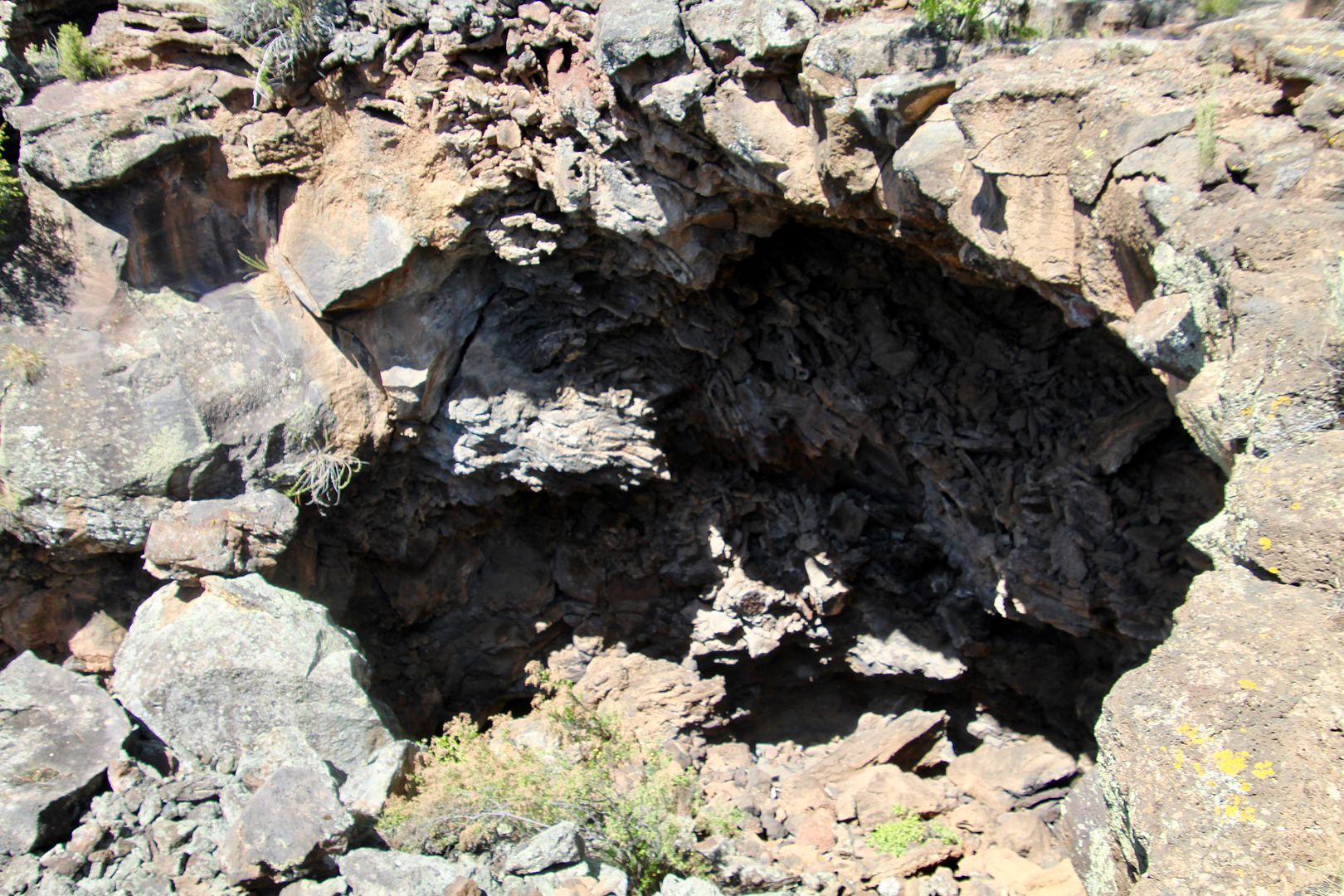
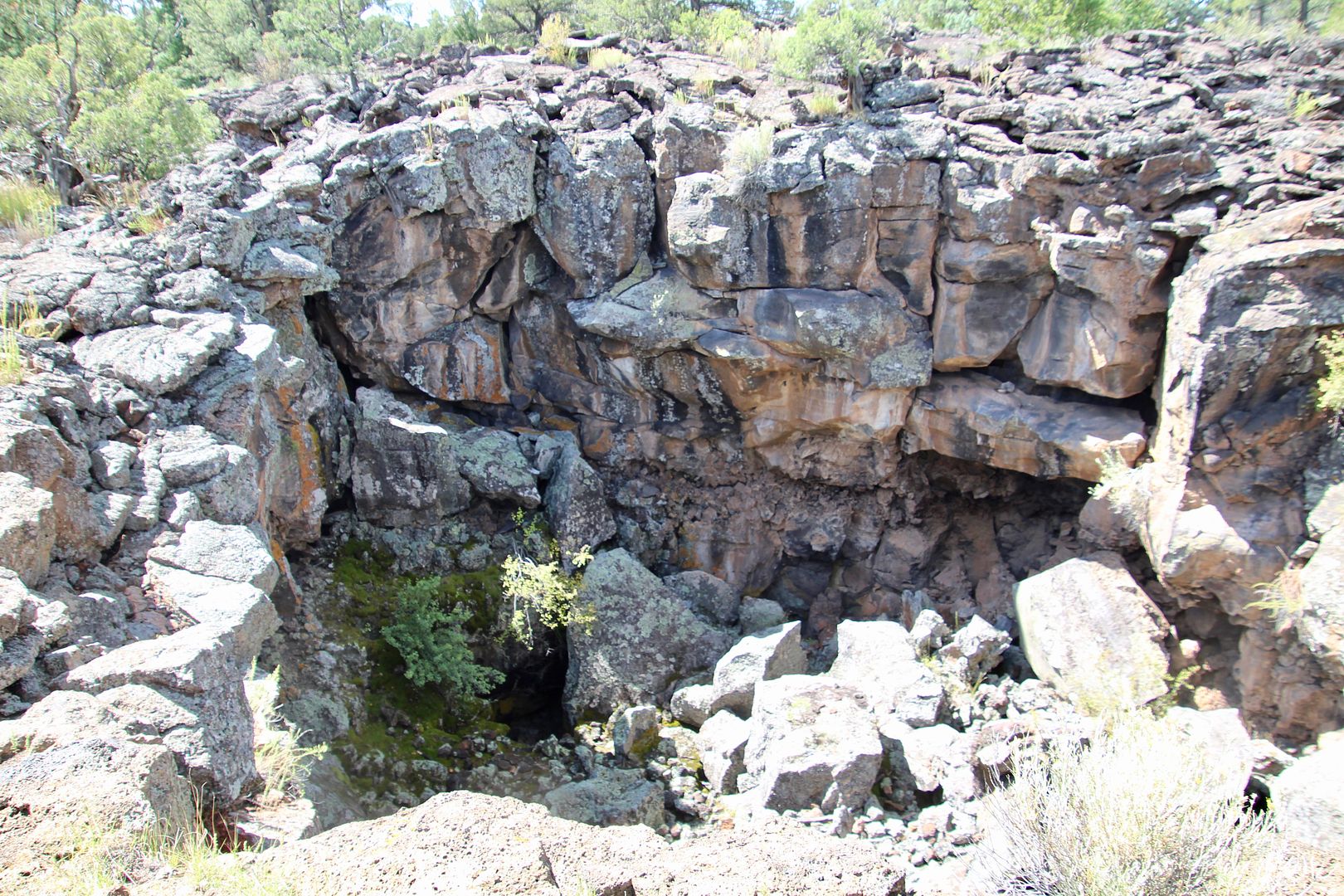

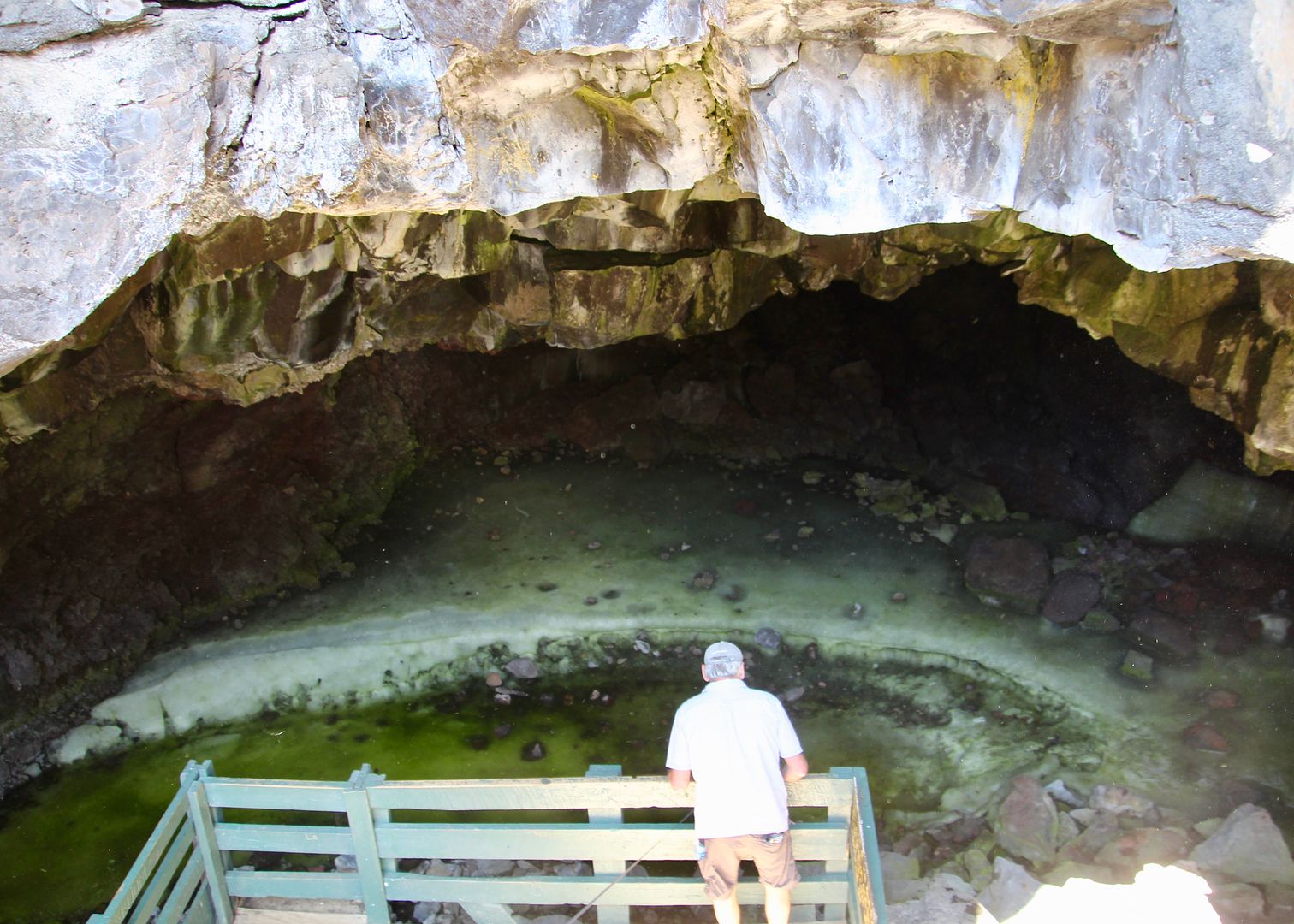

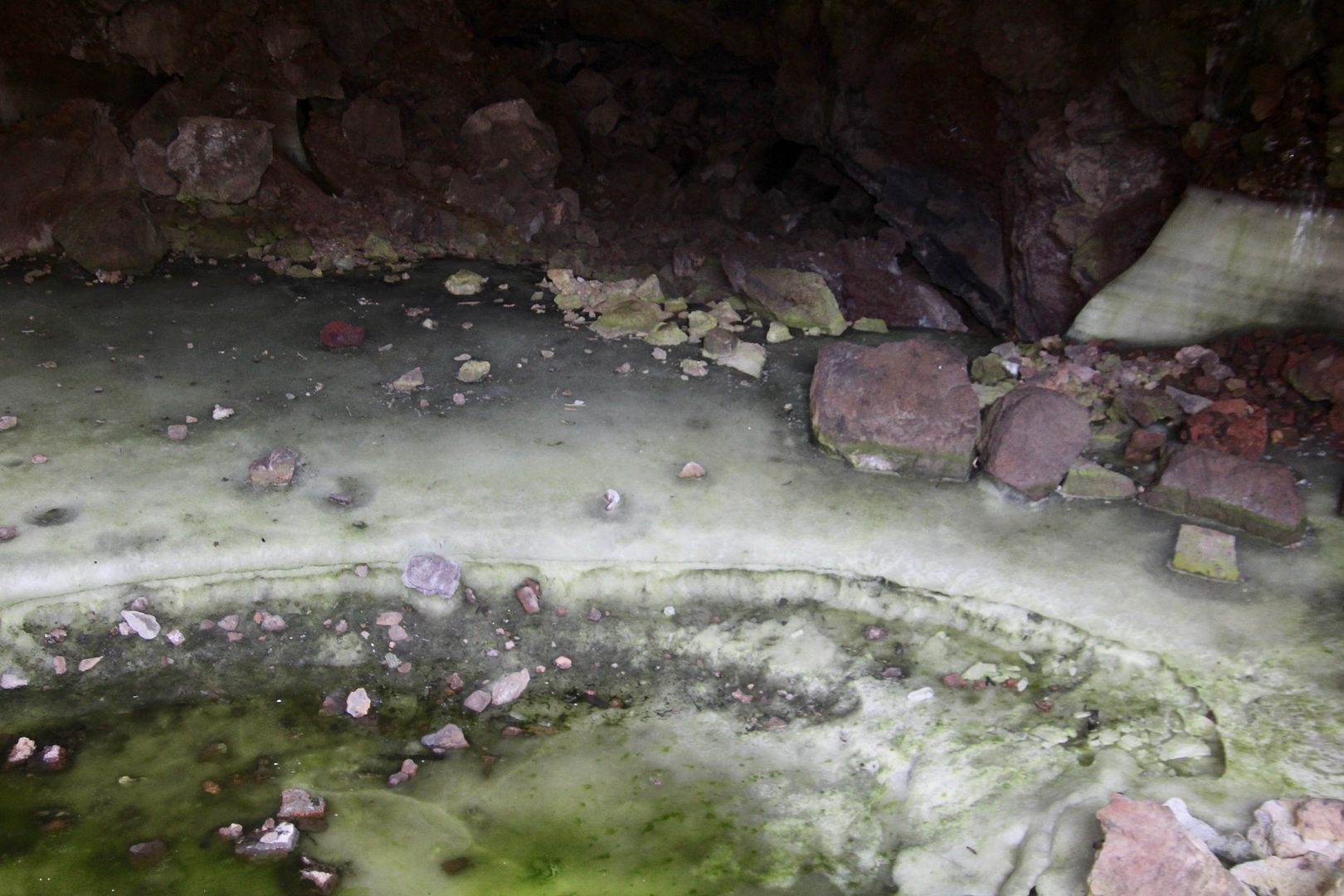
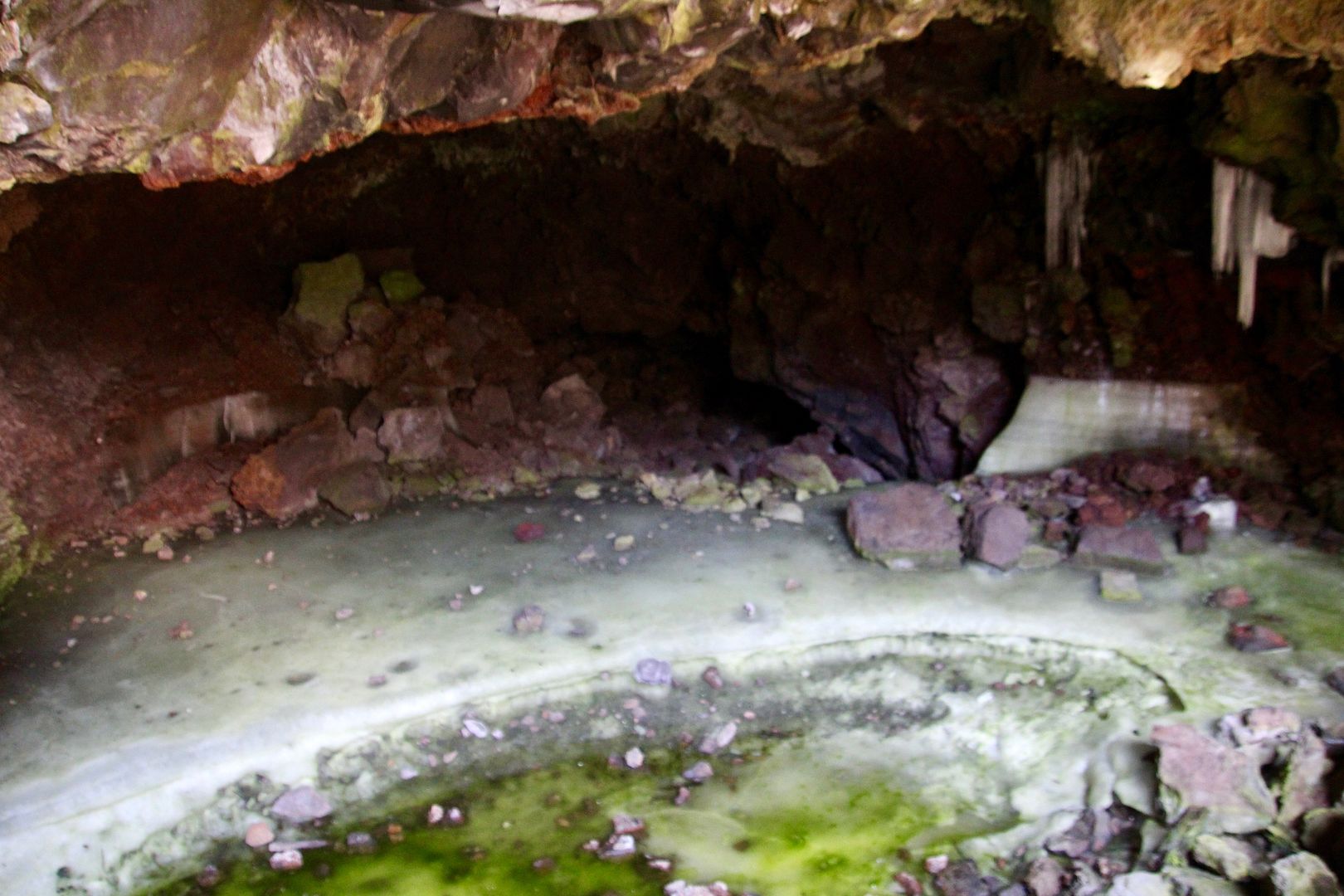

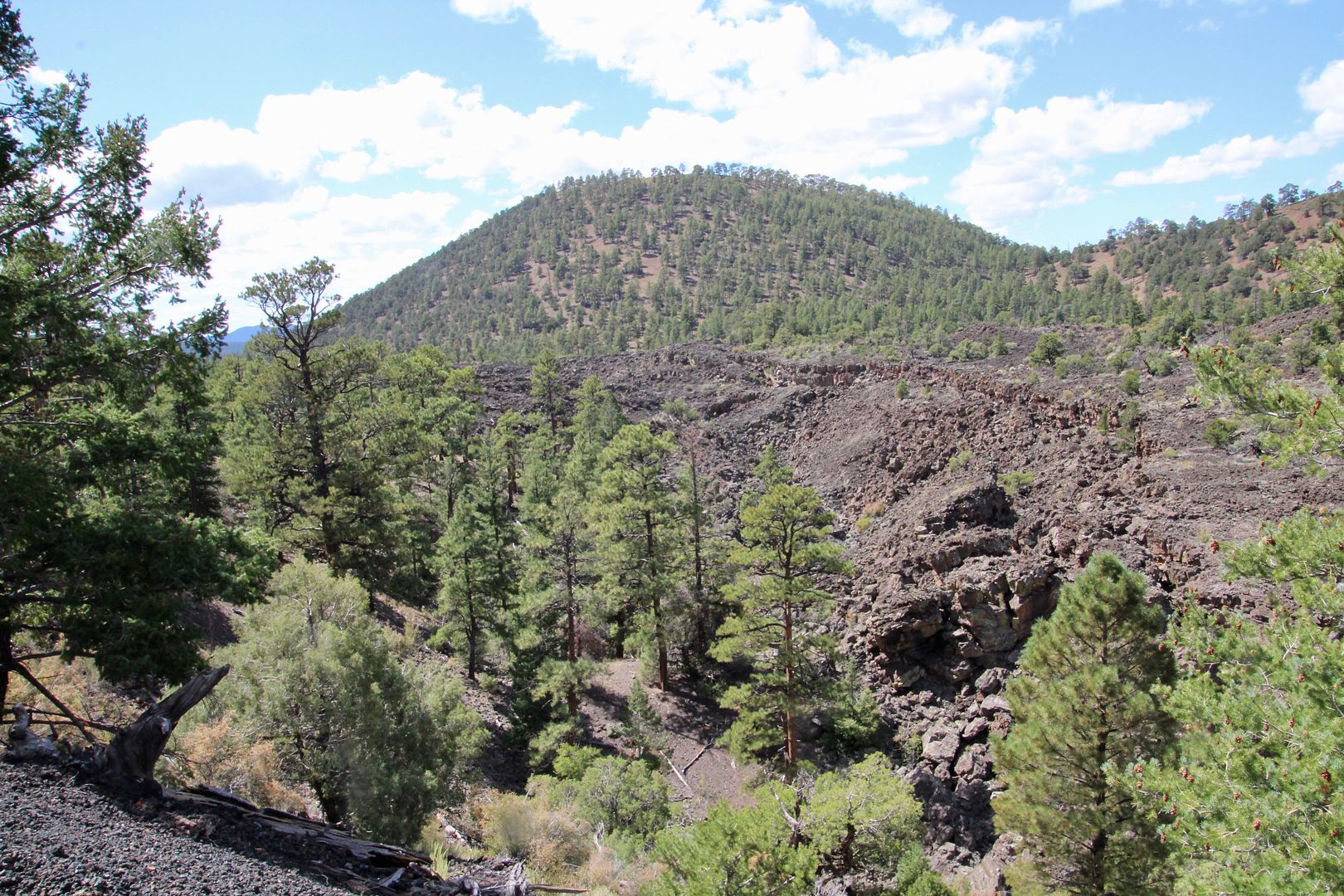
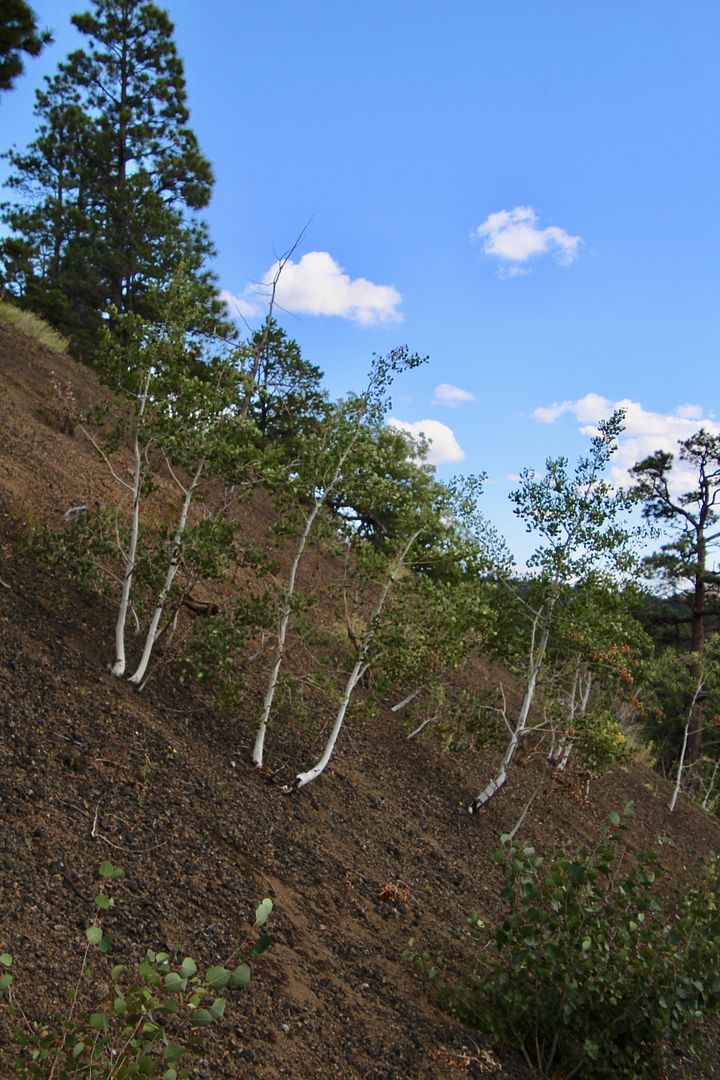
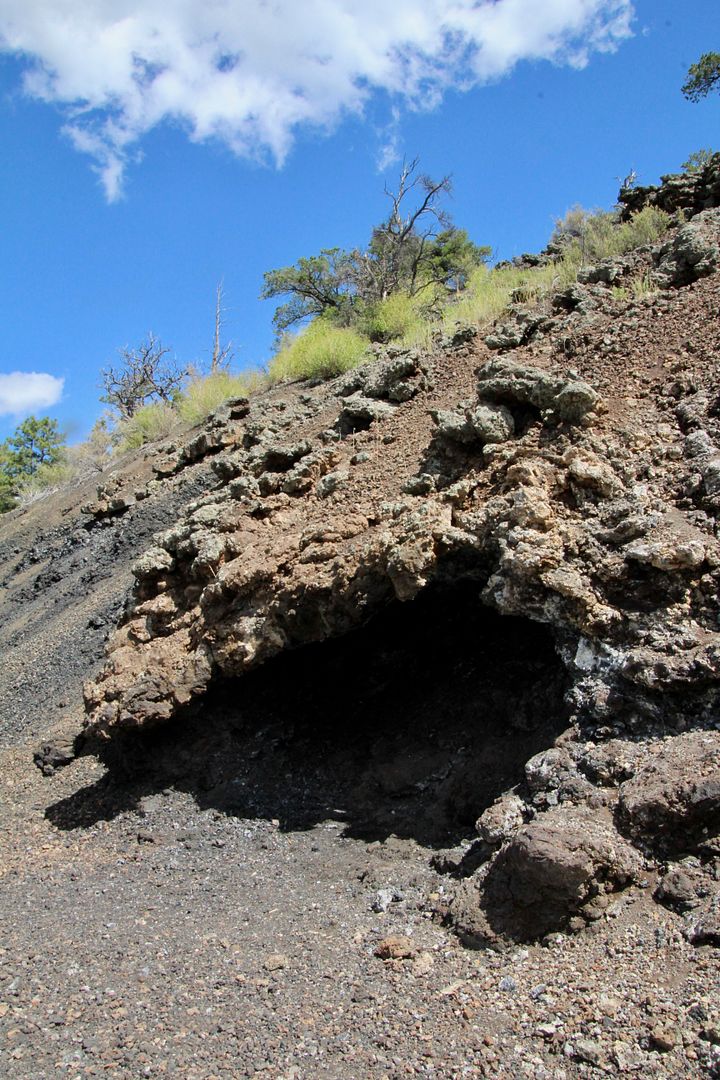
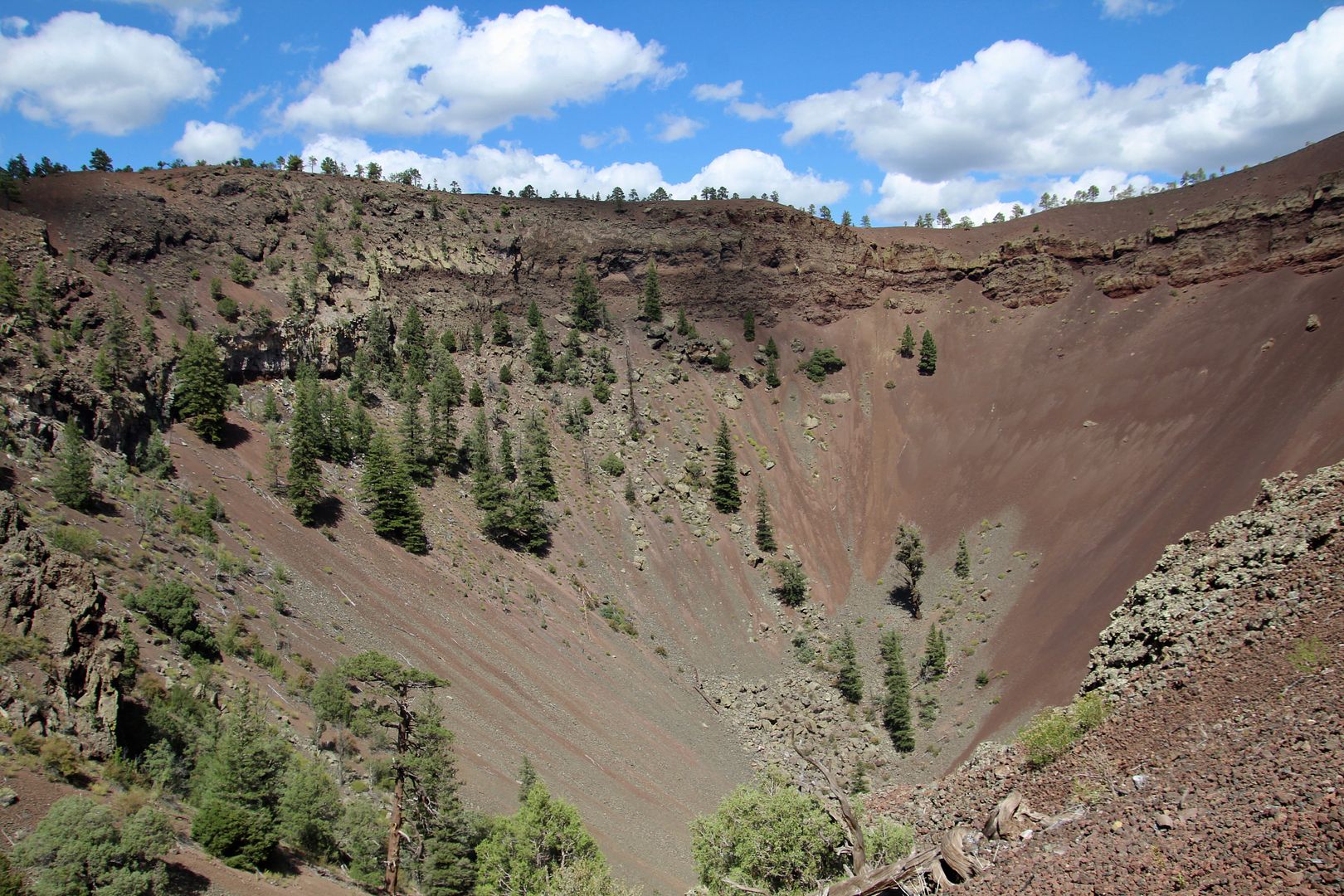
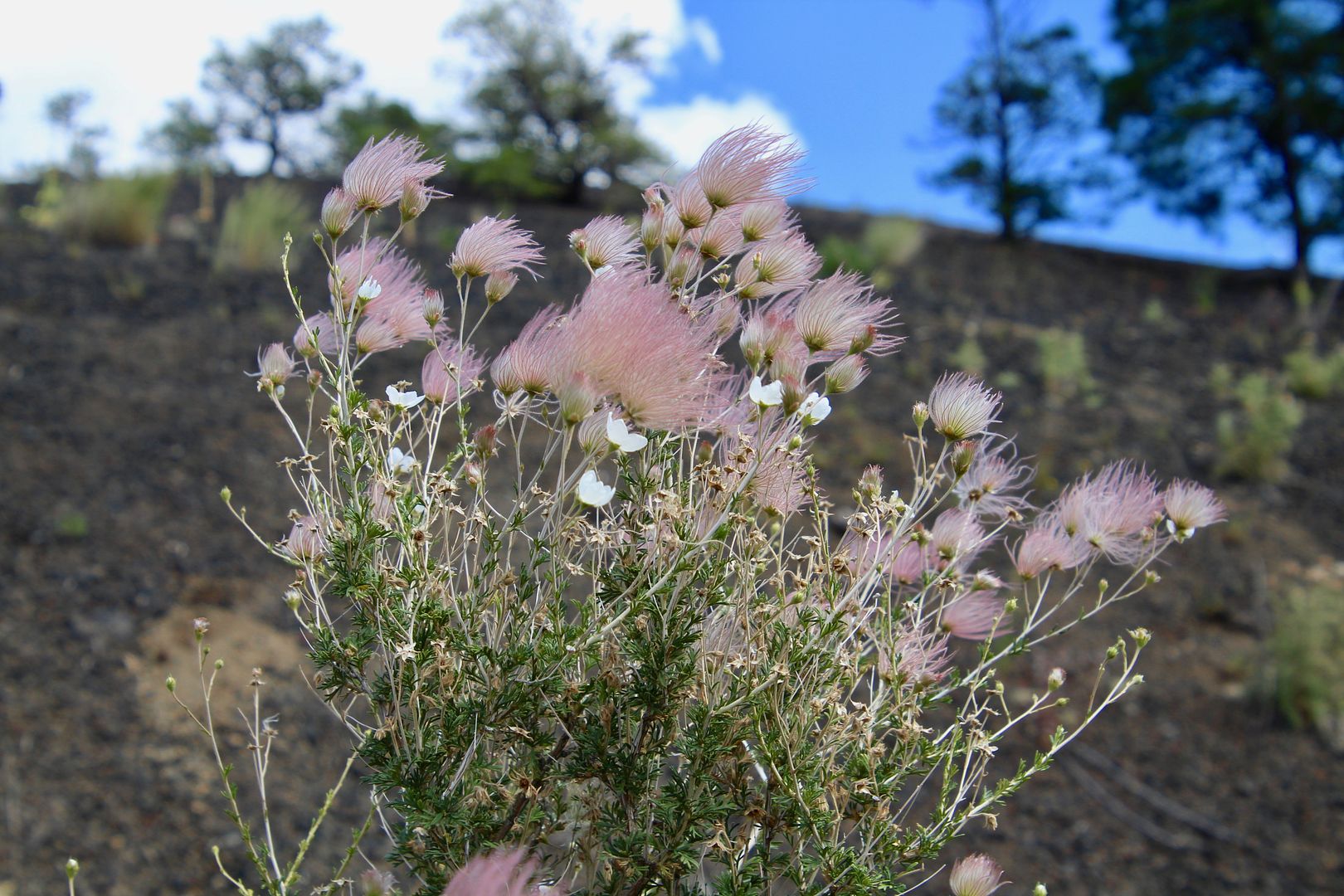

No comments:
Post a Comment